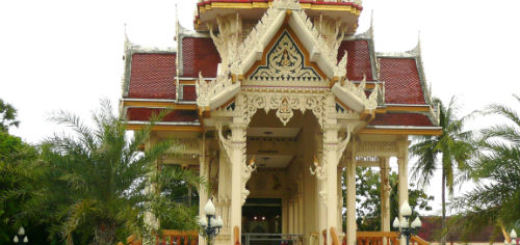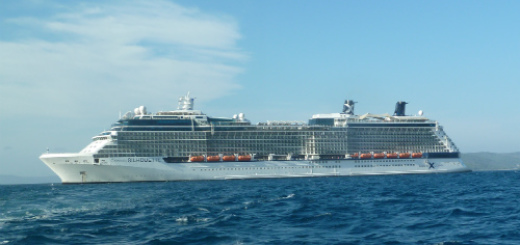Oxford – The City of Dreaming Spires
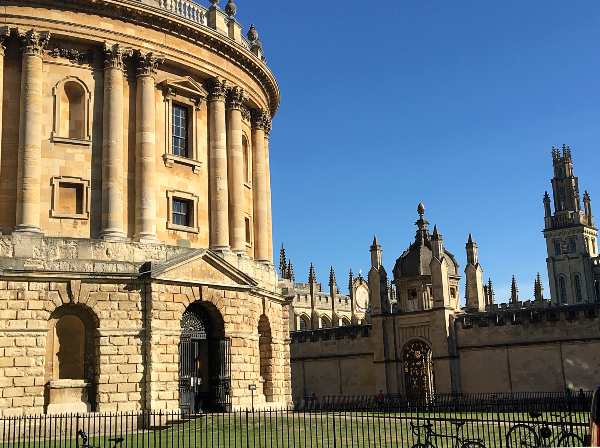
The first day of our coach tour took us from London, north to the university city of Oxford, then through the Cotswold Hills to Shakespeare’s Stratford-upon-Avon, before stopping overnight in Sheffield. There were about 30 passengers on the coach, many of them Australian, plus a tour director who filled us in on the significance of the places we were to visit as we travelled the often slow-going, minor roads on our way to highlighted towns and villages. Oxford was a place we had only seen on TV in series such as Morse, Lewis and Endeavour. The lovely sandstone buildings and the University precinct were what I was looking forward to see.

We were dropped off near St Mary Magdalen’s Church and took ourselves eastwards along Broad Street into the the heart of the city, past Balliol College, the Museum of the History of Science (Old Ashmolean) and the Sheldonian Theatre. This theatre was designed by Sir Christopher Wren, commenced in 1664 and chiefly financed by the then University chancellor after whom it was named. It was intended to hold graduation ceremonies as well as music recitals and lectures. Although the cupola is open to visitors wishing to view a panorama of Oxford, it is not the highest point in the city..
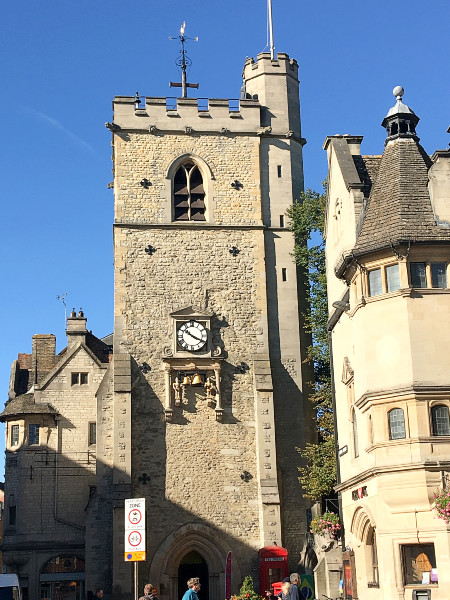
Oxford is known as the City of Dreaming Spires. Such is the fierce pride in the appearance of the city skyline of towers and spires, there is a caveat on buildings within 1.2km of the 23m-high Carfax tower being forbidden to exceed 18.2m in height. Carfax is the common term for the junction of Queen and Cornmarket streets, where a bell-tower built in the 12th century is the sole remnant of St Martin’s church and is the symbolic centre of Oxford. A climb of 99 steps is assured to provide the highest outlook in the city.

The Bodleian Library is one of the must see attractions in Oxford. But this is the biggest problem on a coach tour – not having the time or freedom to while away hours in such places. We settled for a wander around the outside, a peep through various college gates and a curious look at Oxford’s “Bridge of Sighs” (Hertford Bridge) before moving on to my now favourite building of all – the Radcliffe Camera.

This gorgeous neo-classical round building, constructed from 1737 to 1748 and named after its benefactor, occupies the centre of Radcliffe Square, flanked by the Old Bodleian, St Mary’s Church, All Souls’ College and Brasenose College. Designed for use as a science library, it later became a reading room for the Bodleian, hence the name ‘camera’.

Coming out on to the High Street, we continued through the shopping precinct of the city. Here at the junction with Cornmarket Street we passed the Carfax Tower and a collection of interesting decorative buildings such as that housing Lloyd’s Bank. From there we headed south on St Aldates to take in the sight of the most well known of Oxford’s colleges, Christ College, with its striking Tom Tower.
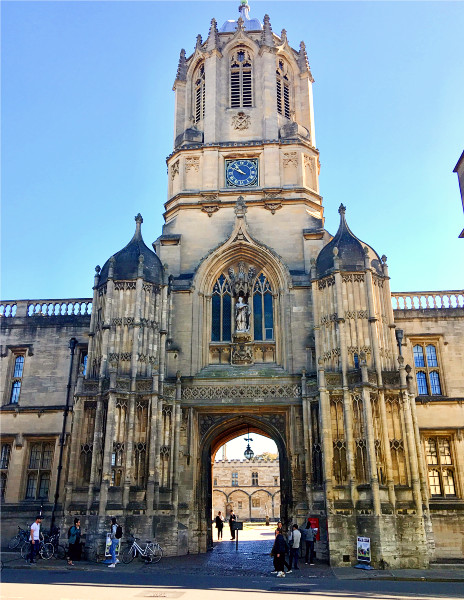
This bell tower takes its name from the bell – Great Tom. It is the loudest bell in Oxford, weighing six and a quarter tons, and sounds every night 101 times! The tower was designed by Christopher Wren in a Gothic revival style and was built 1681–82. The Christ Church Cathedral is also the college chapel, a unique role for a cathedral. Built in the 12th century, and a site of religious worship since the seventh century, it contains the shrine and tomb of St Frideswide, Oxford’s patron saint.
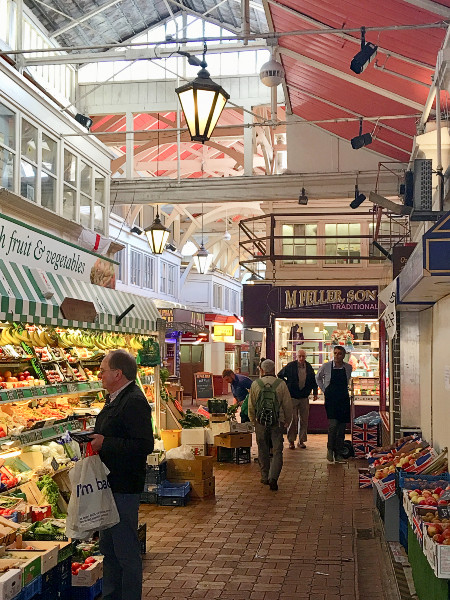
Retracing our way back up St Aldate’s to the High Street, we took the opportunity to wander through Oxford’s famous Covered Market. Begun in 1774 to house a number of butcher shops, it gradually grew up to today’s 50 or so specialist independent traders, each selling their own unique variety of goods.
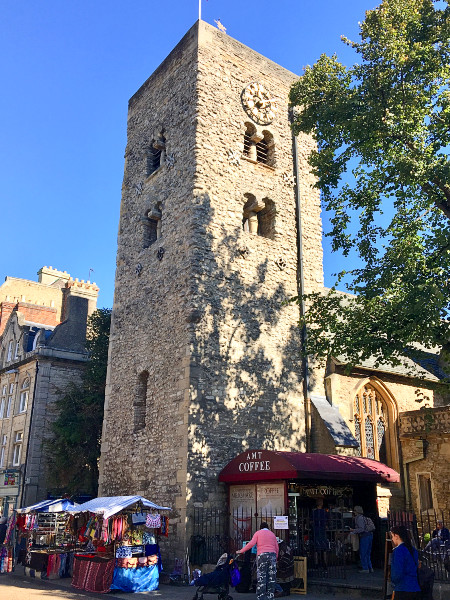
Then back on to Cornmarket Street we saw the other famous tower of Oxford, the Saxon tower of St Michael at the Northgate church. It is the oldest extant building in Oxford, dating to 1040. A climb up the 97 steps for a bird’s eye view of Oxford is a popular attraction. This area once marked the northern gate of the city walls, where the Bocardo Prison, which held the Oxford Martyrs, also stood.
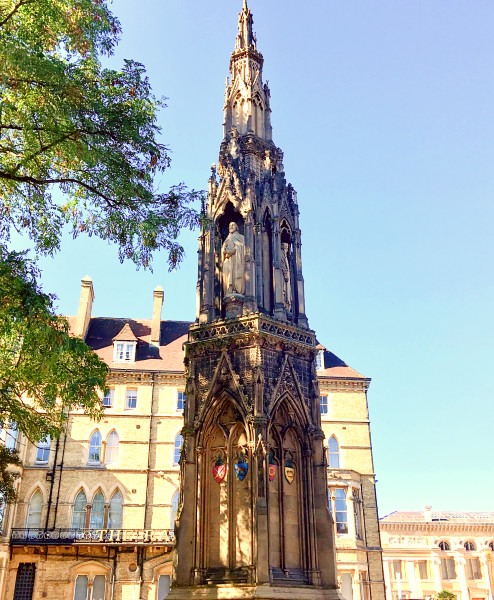
The Martyrs’ Memorial at the south end of St Giles’ Street, was our final stopping point before rejoining our coach nearby. The martyrs in question were Anglican Bishops Latimer and Ridley and the Archbishop of Canterbury, Thomas Cranmer, who were imprisoned for their ‘heretical’ views by the Catholic ‘Bloody’ Mary, Queen of England and Ireland, in 1555-6. They were but 3 of the 280 protestant dissenters she had burned at the stake during her five year reign. The memorial is dedicated to the three martyrs who were burned nearby on Broad Street, where a cross in the bitumen marks the place where it is thought to have occurred.
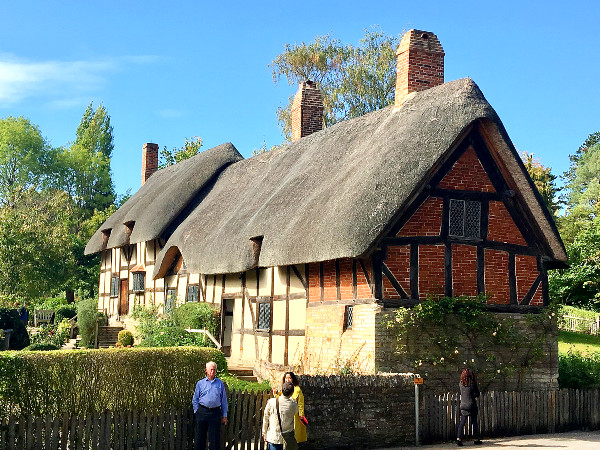
Our time in Oxford was all too brief, but Stratford-Upon-Avon beckoned, so we set off through the Cotswold Hills to Shakespeare’s birthplace, with the delights of Anne Hathaway’s Cottage and the town’s pretty half-timbered buildings.

We had time for a quick stroll to find Shakespeare’s childhood home and to admire the buildings along the High Street, where we then ate lunch in the Garrick Inn, before continuing our journey to Sheffield.

